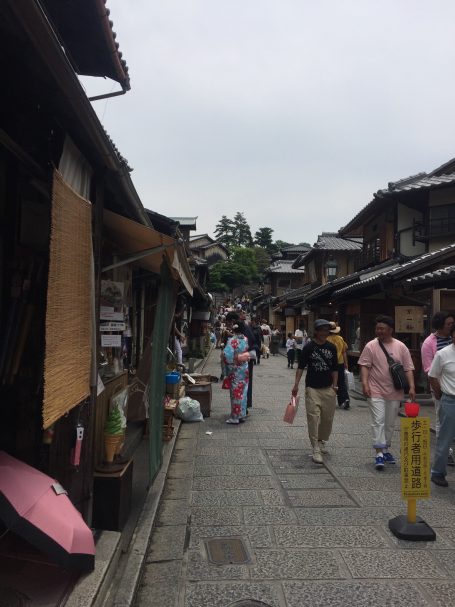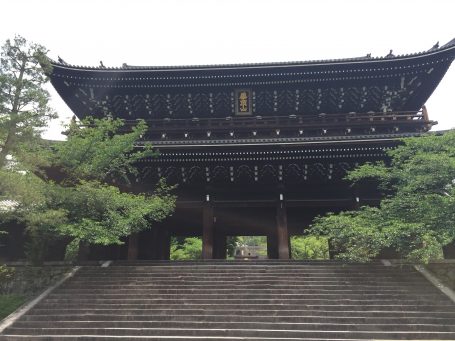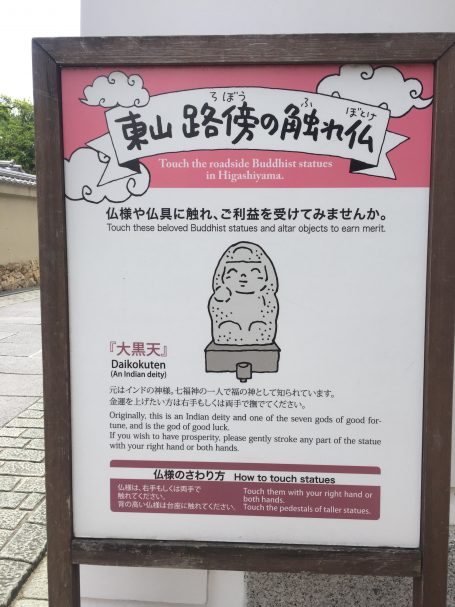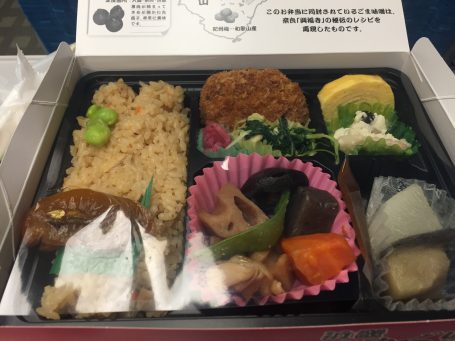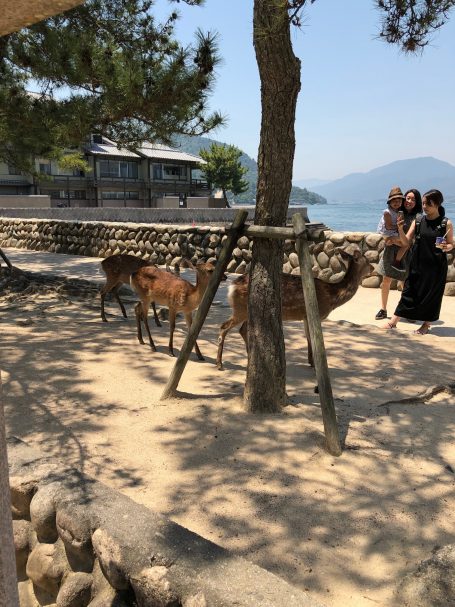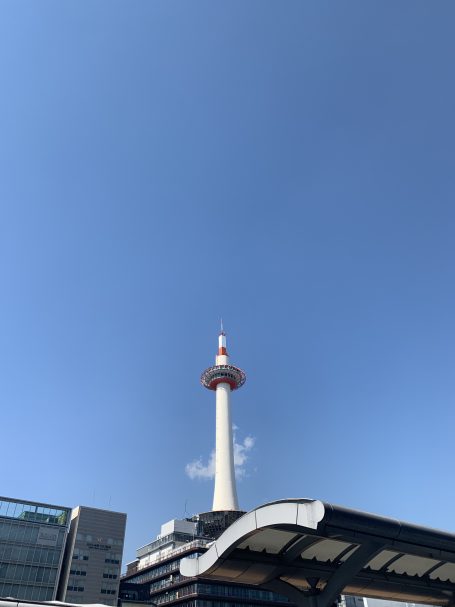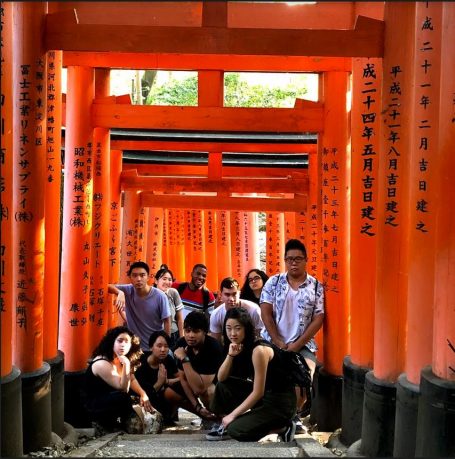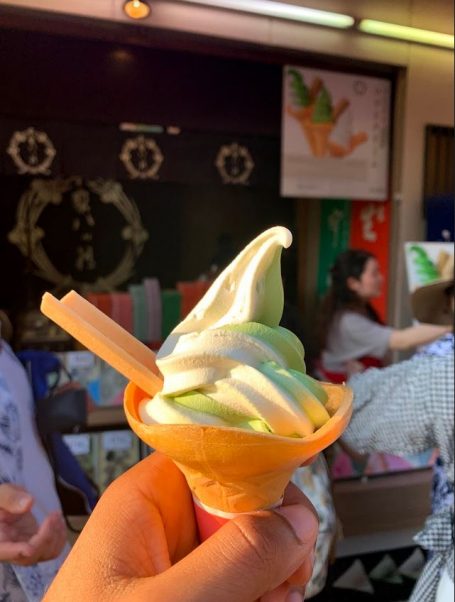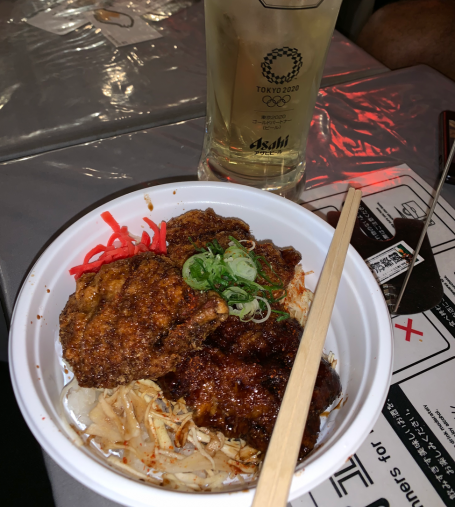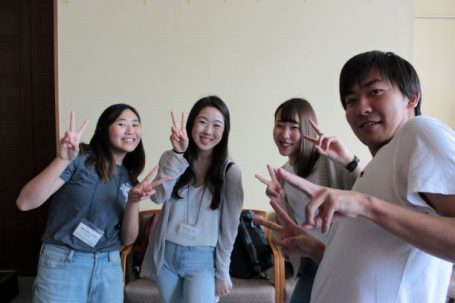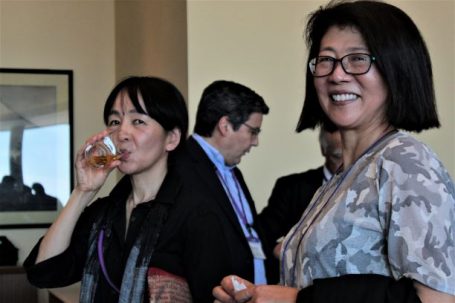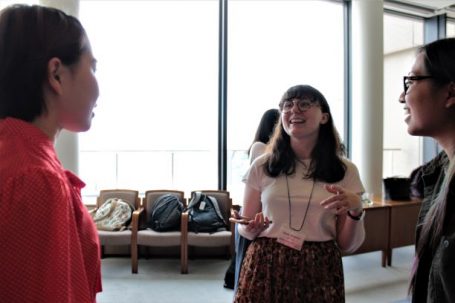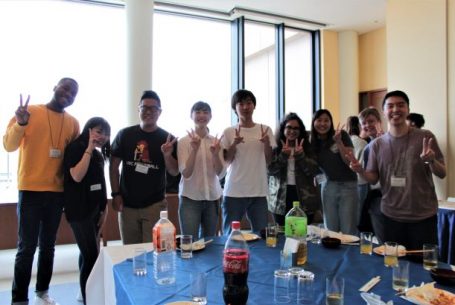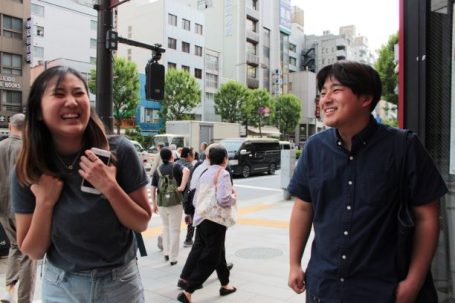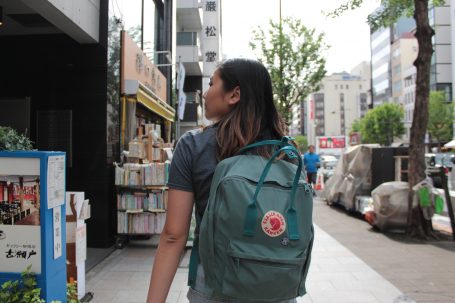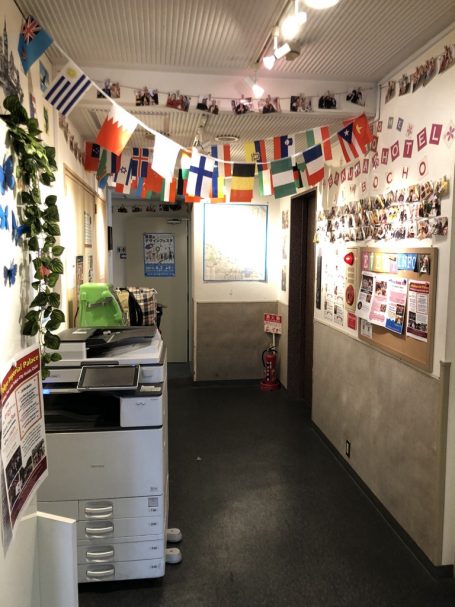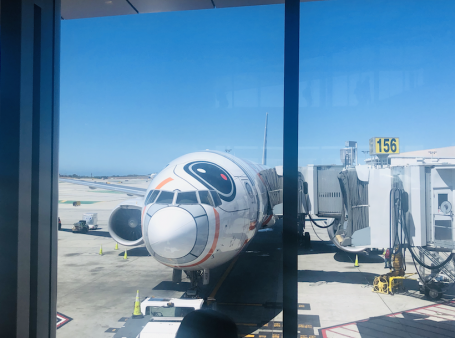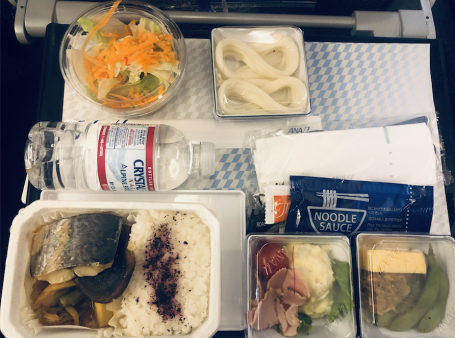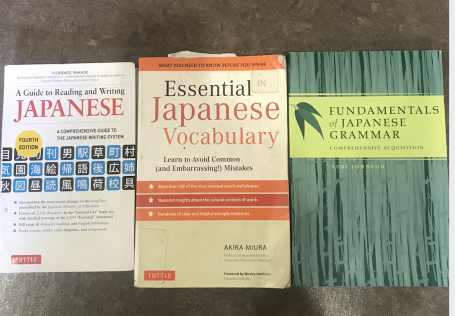By: Kayla Folts
It’s currently the second week of our stay in Japan and I can’t believe that our time here has flown by so fast! After all of our exciting travels around Kyoto and Hiroshima, it’s great to be back at our home base in Tokyo near Meiji University. In addition to guest lectures by the Meiji University Professors, or Sensei, and doing research for all of our respective projects, sightseeing in such a vibrant city with my classmates is definitely a highlight of this trip. With so many different neighborhoods in Tokyo, there’s never a dull moment.
One of my favorite places that I have visited so far in Tokyo was Shibuya. The Meiji students unanimously agreed that this was their favorite area that was a “must see” when visiting Tokyo. Many of the students remarked that Shibuya has everything you could ask for and it is a great place to shop. Not only that but, upon doing some research before visiting, Shibuya is home to Shibuya crossing or “scramble”, which is the busiest intersection in the world and has been equated to be the Japanese “Times Square.”
On the first full day that we were in Tokyo, a group of my classmates and I decided to go visit Shibuya and tackle the daunting task of taking the Japanese metro system there. Because the metro is such a popular form of transportation, getting through the crowds and figuring out which line to get on when I don’t speak Japanese seemed like an impossible task but, luckily, we got to Shibuya without getting lost in Tokyo. Thankfully my classmates’ sense of direction is better than mine.
When we came out of the subway, we popped up right at the Shibuya crossing and I was immediately impressed and overwhelmed by all of the billboards and people concentrated in that one area. As we traveled around to different sections in Shibuya, the place was buzzing with people from all over the world shopping and taking in the culture. One of the shops by the scramble is 7 stories high and only sells Japanese brands. In addition to this, there were a lot of international brands that were familiar.
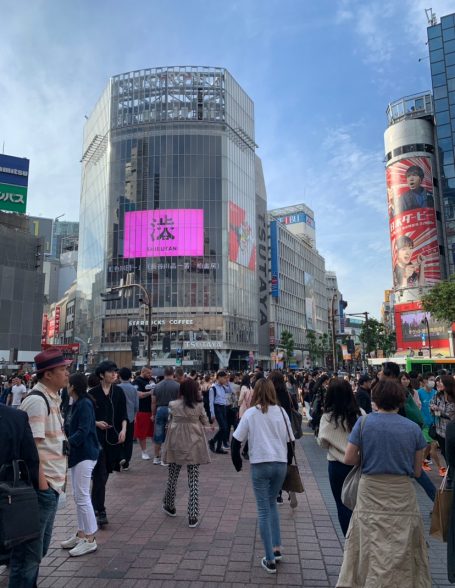
Shibuya Crossing
Harajuku is a section of Shibuya that is so large and has so many things to do that we decided to spend the entire next day and explore that area. This neighborhood is known for its young energy, street art, and fashion. Everywhere we looked, there were upcycled vintage stores and young Japanese people enjoying the atmosphere and shopping. A common theme in a lot of the stores was to have Lakers shirts and jerseys. Even in Japan, there is a little taste of home.
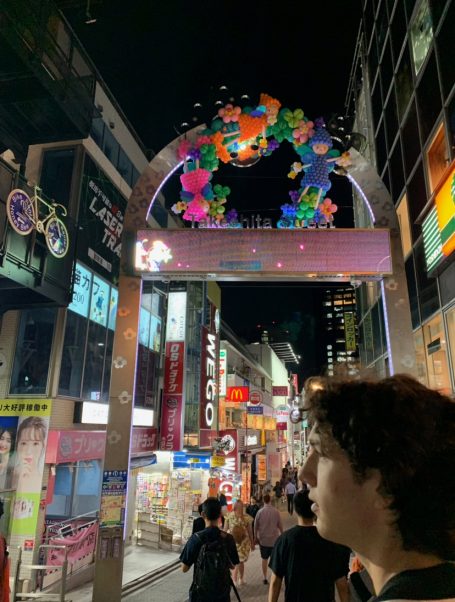
Harajuku at night
Throughout all of my travels through Tokyo, my research partner Momo and I have been trying all of the matcha tea and sweets we can find. Our project is a socioeconomic analysis of matcha’s globalization, so while going around and interviewing people for our project, we get to enjoy some tasty treats. I can’t wait to continue to explore the city for the next week and a half!

